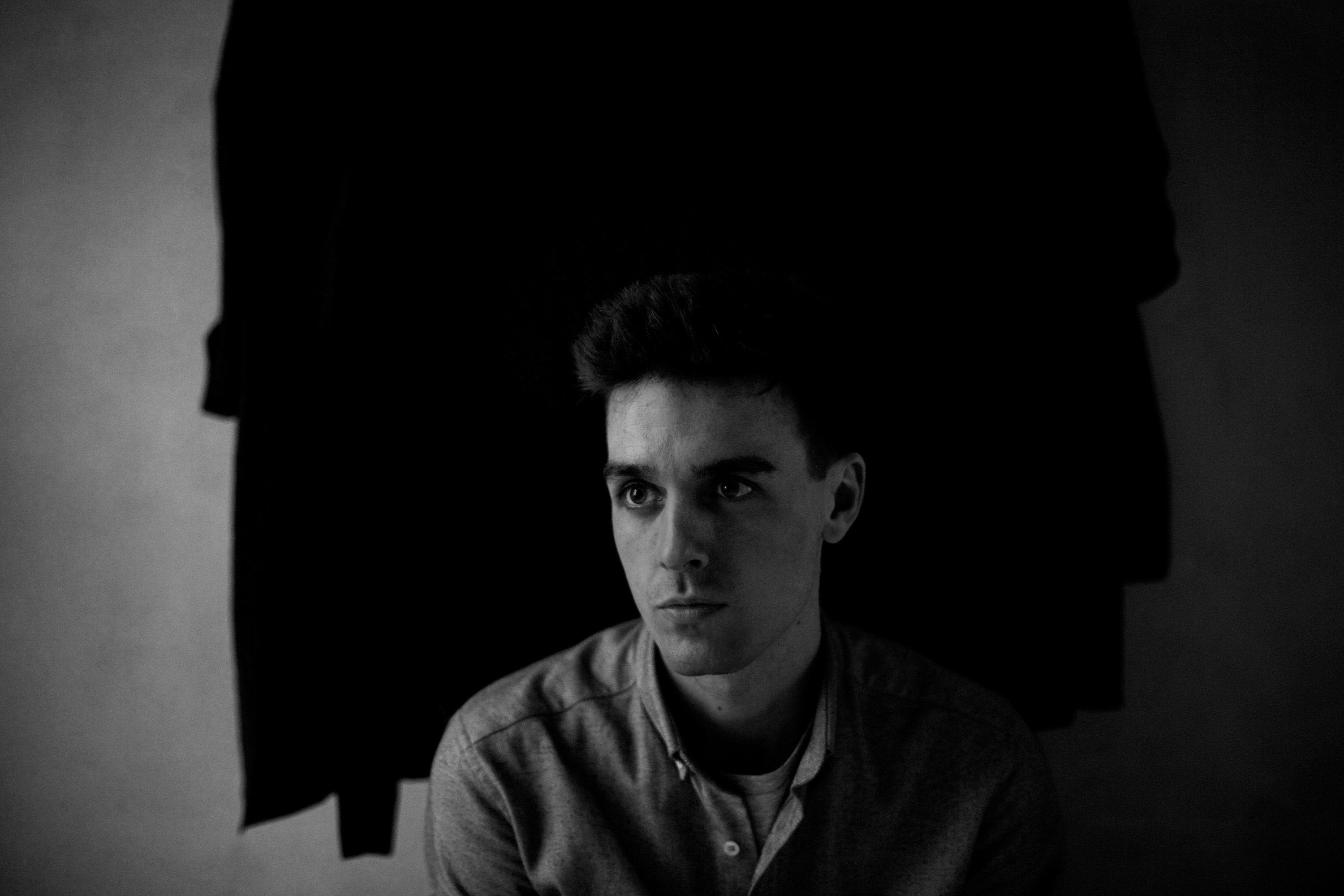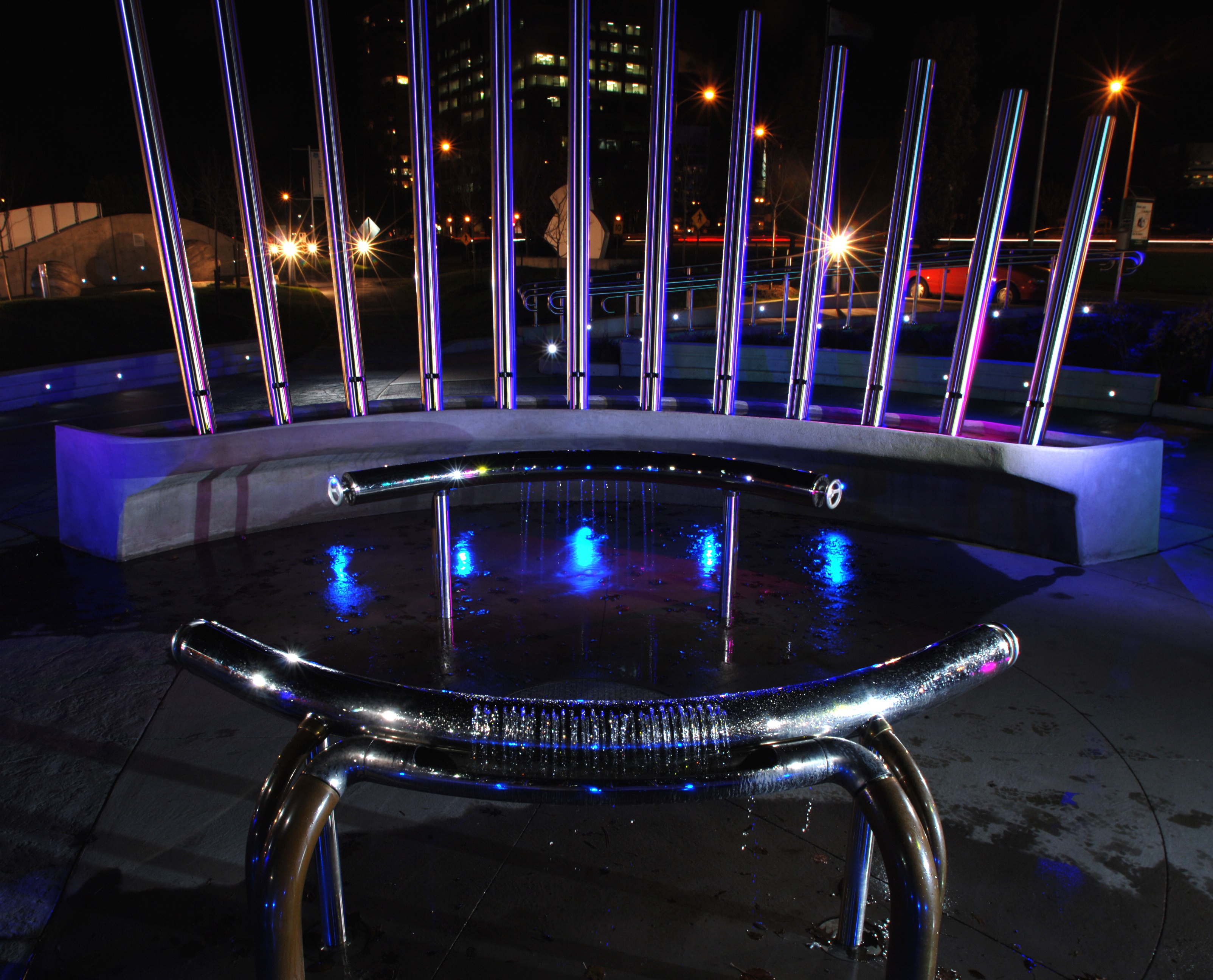The Legacy Of Rammellzee
Chairman Mao assesses the life and work of the New York ‘ikonoklast’
“He’s a genius,” filmmaker Jim Jarmusch once famously said of Rammellzee. “The kind of guy you could talk to for 20 minutes and your whole life would change. If you could only understand him.” Jarmusch cast the loquacious Rammell for a brief role in his 1984 deadpan indie classic Stranger Than Paradise, making him way ahead of the curve in decoding the equation that was Rammellzee. True, by that point the enigmatic graffiti writer/MC/artist/performance artist/iconoclast already boasted a host of impressive underground credentials. He’d tagged the New York City Transit system, ran with Brooklyn’s man about downtown Fab 5 Freddy, appeared in the climactic amphitheatre throwdown in Charlie Ahearn’s seminal flick Wild Style, and rhymed alongside fellow aerosol artisan K-Rob on “Beat Bop” – an indelibly dubbed out, epochal piece of reverb-hop rapped in a nasal “Gangster Duck” cadence and produced by none other than Jean-Michel Basquiat.
But back then Far Rockaway, Queens’ son of stylistic berserk was still forming his mythology and legend – an eclectic visionary from the first wave to spread NYC’s hip-hop and street culture gospels across the globe. Unlike his contemporaries – graf writers who limited their ambitions to five-boroughs “fame,” rappers clamouring about the most clientele – Rammellzee’s perspective and output was informed by philosophies far more sophisticated and elaborate; ones he’d espouse with supreme righteousness. Hence, the tag – in the traditional, not graf sense – pinned on him of misunderstood eccentric. He cited the likes of Sun Ra and George Clinton as cultural antecedents. Like those spaced explorers Rammellzee fully inhabited a world of his own creation. He cultivated multiple personas, and never performed publicly without a corresponding mask (MF Doom fans, take note).
Most memorably, though, he took on the alphabet. Inspired by the sight of graffitied wildstyle burners in motion on the side of subway cars, he envisioned the written letter as a wheeled weapon in an ikonoklastic war against Western culture’s corruption of their expressive powers. He collected trash, sourced found objects off lower Manhattan’s streets, systematically assigned the resulting sculptures to skateboards or other foundations and emerged with some of his most storied creations: three-dimensional abstract representations of the alphabet, a merging of the Gothic (the dark, the subterranean) and the Future – The Letter Racers.
“What I do is the burner,” Rammellzee explained of his theory of Gothic Futurism in 1999. “An aerodynamic aeronautical system of the letter flying on a rolling page in a wind tunnel known as the transit system. And that’s all that happens. A letter moves backwards with its own wings, it gained the wheels off the bottom of the train. And the page became a car with a year number on it. And the gallery was rollin’.”
The Letter Racers – which correspond to a mathematical rendering of their strokes and curves known as ‘The Equation’ (calculated in part via multiplying Five Percent Nation theology’s 360 ‘points of knowledge’) – may have been the most explicit and potent artistic manifestation of Ramm’s philosophies. Yet their public display was scarce. For years, they hung suspended from the ceiling at Rammellzee’s fabled longtime Tribeca studio/loft, known as the Battle Station – a space so dense with masks, costumes, figurines and flats and canvases (not to mention their creator’s own hugely charming, science-spouting, beer-imbibing personality) it’s a wonder there was any oxygen left to nourish visiting sets of eyes. After 20 years, Rammellzee and his wife Carmela would be forced to vacate the Station when the building which housed it fell victim to post-9/11 developers, sending them to an apartment in Battery Park City at Manhattan’s southernmost tip. Ramm’s health began to deteriorate too, preventing him from pursuing further ideas for his work. He passed away in June 2010 aged 49, his energy transferred to spaces and places as yet undetermined. “He just ventured out on this planet in his own dimensions,” Carmela eloquently told the New York Times.
The time since, however, has seen renewed interest in Rammellzee’s life and work. Spring of 2011 in Los Angeles, the Museum of Contemporary Art recreated the milieu of the Battle Station at its Art In the Streets exhibition. And in 2012 three sets of Letter Racers were privy to the public in NYC: two at the Suzanne Geiss Company curated show, Rammellzee: The Equation/The Letter Racers, and one as part of the Museum of Modern Art’s Print/Out/Printin’ exhibition.
MoMA’s has been accurately dubbed by SGC, which represents the Rammellzee estate, as a “satellite” installation. Featuring a set of Rammellzee’s Gold Letter Racers – whose recurring characteristics, in addition to their gold-hued wood, are the dismembered doll torsos and toy dinosaur parts integrated amongst their mixed mediums – it represents a tantalizing but too brief taste of the power of Ramm’s work, though it does perform the invaluable service of placing it within the greater context of deconstructed art, not just graf and street related forms.
“Since Rammellzee’s death,” Suzanne Geiss writes via email, “it has become important to establish Rammellzee’s reputation within the canons of art history, as well as to show his influence on a younger generation of artist.
“There is interest by a younger generation in the dynamic scene that grew out of New York in the late ’70s and ’80s that Rammellzee was central to,” Geiss writes of Ramm’s enduring mystique. “The ingenuity of Rammellzee’s world speaks to the zeitgeist of today which is so much about self-invention. His legacy will continue to captivate because he was successful at integrating his life and beliefs, persuading those around him to participate in his constructed world.”
You’ve no choice but to feel participatory upon experiencing Rammellzee: The Equation/The Letter Racers, which is spiritually (and physically – literally, one or two train stops, tops) closer to its original Battle Station roots. Upon entering the gallery’s main exhibition room, you’re immediately greeted by two sets of Letter Racers suspended from the ceiling positioned at 40-45 degree angles, descending in attack formation, appearing frozen as if in mid-flight. The frontline fighters are actually low enough to graze your dome – or literally give you an eyeful if you happen to stand north of six feet. It’s a welcome hazard given the fact that the detailing on these mythic pieces has never been more visually accessible. Traditional corresponding letters adorn the bottoms of one set, serving as a helpful key (your on your own with the other set). “What exactly did Ramm utilize to create them?” is probably less the question roaming your mental corridor than, “What didn’t he use?” Repurposed bottle caps, backpack buckles, industrial plastics and possible sneaker tongues all make appearances. Other source materials suggest other playful references depending on what you want to read into them: a black Sharpie permanent marker (a popular writers’ tagging tool); the split shell of a flashlight (perhaps a nod to Clinton’s theory of “Funkentelechy?”); the remnants of what appears to be a ram’s head figure (chalk one up for the pun language).

Accompanying the visuals – which are rounded out by late ’00s wildstyle letter portraits – is Rammellzee’s unmistakably raspy recorded voice: barking the elements of his theory’s mathematical equation, addressing the “weapon slaves” as their commanding overseer to take no prisoners on their designated mission. And, of course, rhyming. “Beat Bop” is not amongst the songs in rotation on the audio playlist. Explains Suzanne Geiss: “We focused on a playlist that emphasizes Rammellzee’s views on language and the letter.” It’s an omission that’s fully understandable given Rammellzee’s stormy relationship with both the song (whose concept Ramm alleges he and K-Rob elevated from Basquiat’s juvenile convention to a narrative struggle over a protagonist’s soul) and Basquiat himself. (Despite once being photographed together at Disneyland, Ramm had in the years after made a point of dismissing Jean-Michel as a pawn of art scene “light dwellers”/culture vultures, his connection to the legit graf world only tangential and misrepresented.)
Still, “Beat Bop’s” absence can’t help but feel just a little bit lamentable. If only because hearing Rammellzee so creatively contort words via his vocal chords whilst witnessing firsthand what he did visually with the alphabet sounds like too good a sensory double-dip to miss. Maybe some other time, as Geiss confirms future “plans to mount a major museum retrospective” of Rammellzee’s work. Or maybe not. Ultimately, who are we to dictate the terms? As Rammellzee knew better than anyone, math answers to no one.

